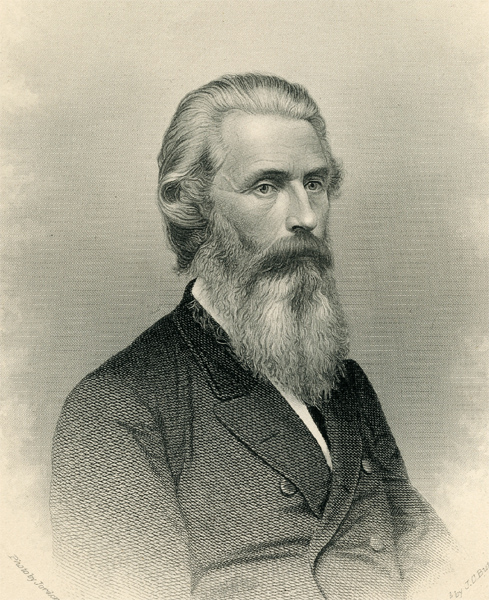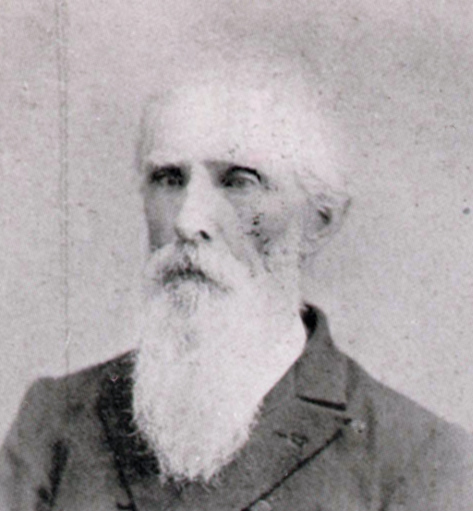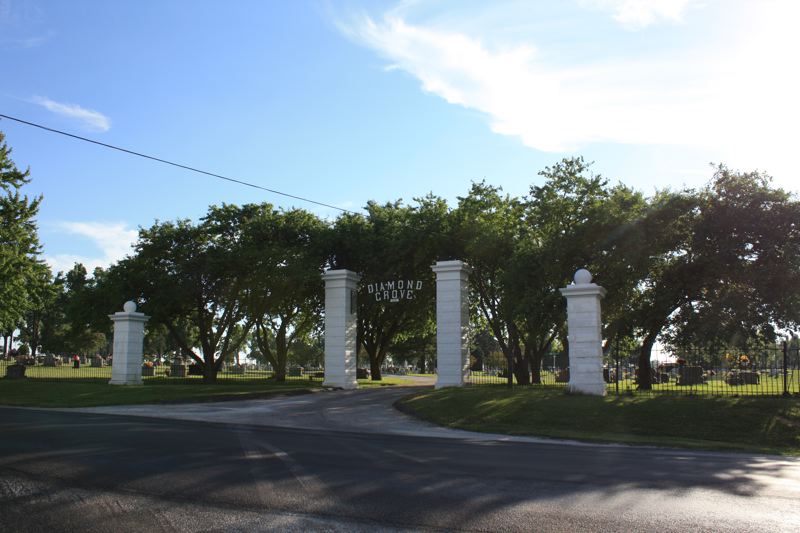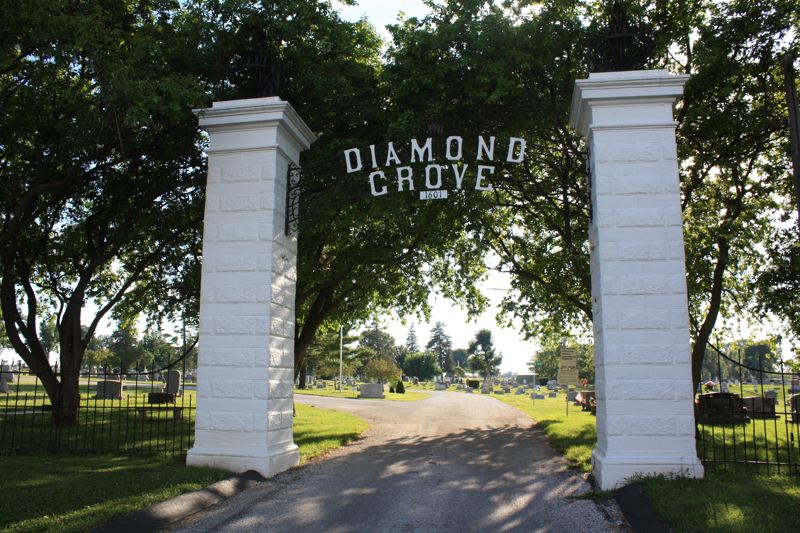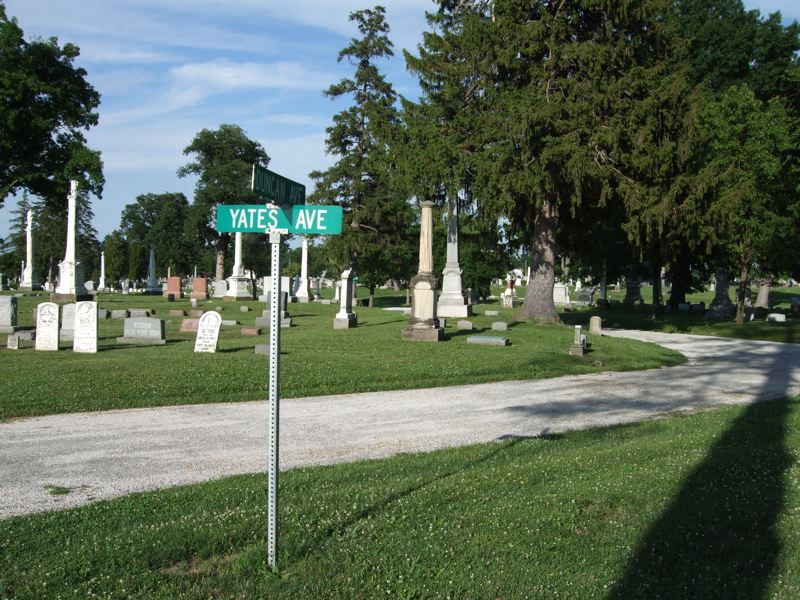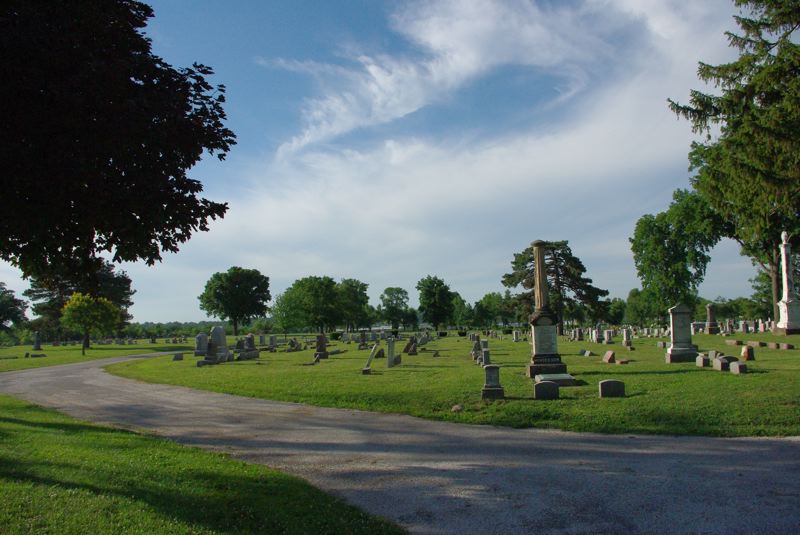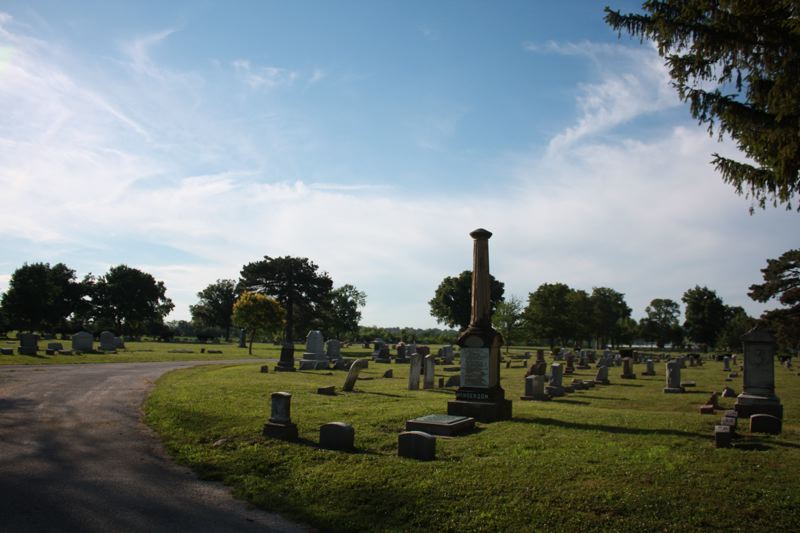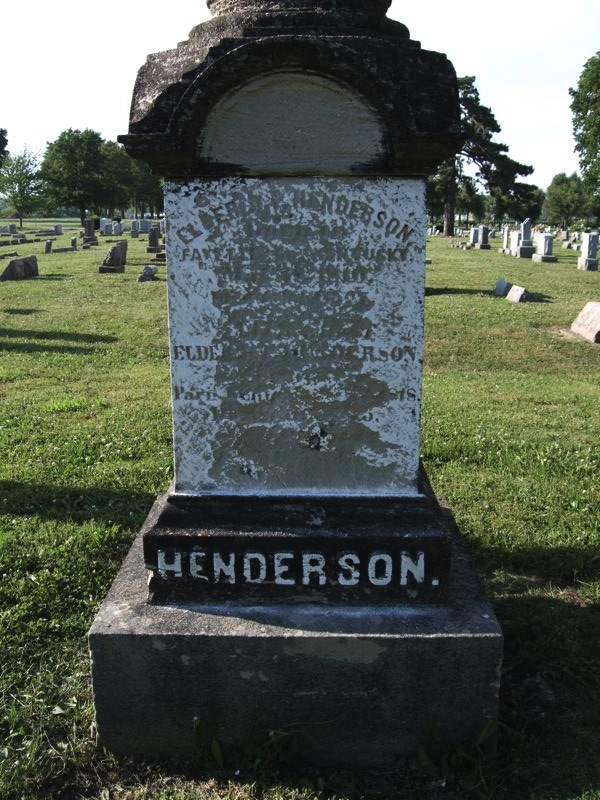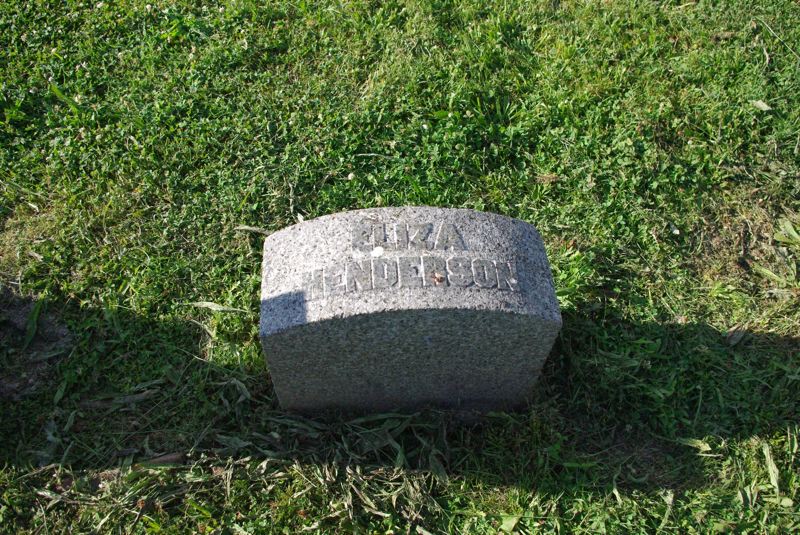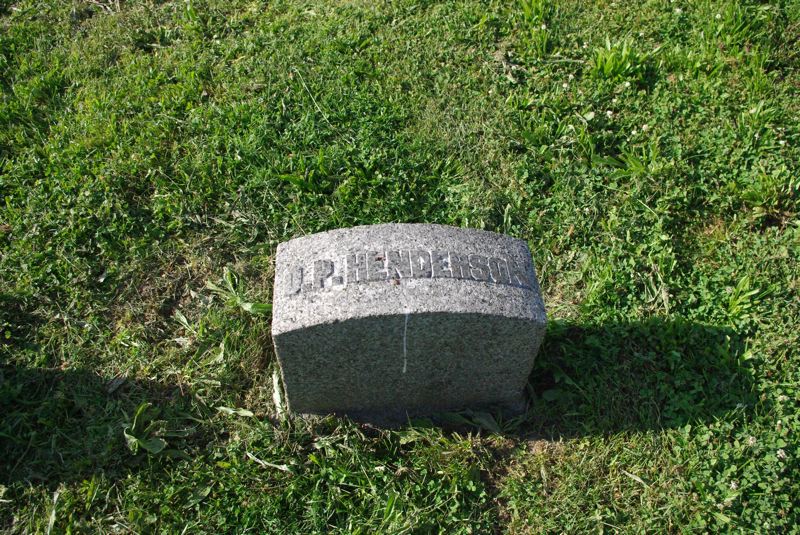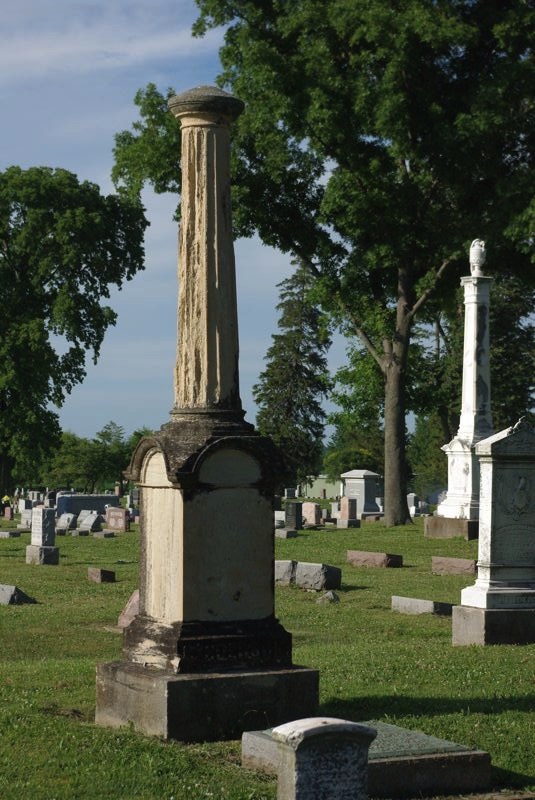| David Patterson Henderson | |||||||||||||||||||||||||||||||||||||||||||||||||||||||||||||||||||||||||||||||||||||||||||||||||||||||||||||||||||||||||||||||||||||||||||||||||||||||||||||||||||||||||||||||
1810-1897 |
|||||||||||||||||||||||||||||||||||||||||||||||||||||||||||||||||||||||||||||||||||||||||||||||||||||||||||||||||||||||||||||||||||||||||||||||||||||||||||||||||||||||||||||||
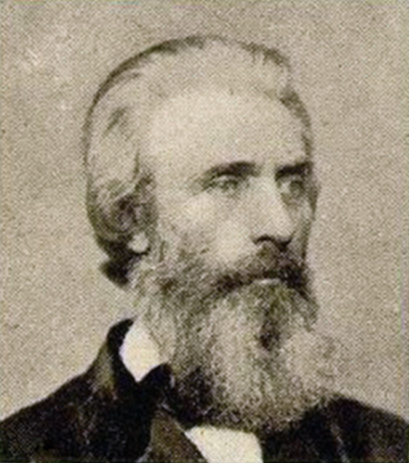 |
|||||||||||||||||||||||||||||||||||||||||||||||||||||||||||||||||||||||||||||||||||||||||||||||||||||||||||||||||||||||||||||||||||||||||||||||||||||||||||||||||||||||||||||||
Table On Contents |
|||||||||||||||||||||||||||||||||||||||||||||||||||||||||||||||||||||||||||||||||||||||||||||||||||||||||||||||||||||||||||||||||||||||||||||||||||||||||||||||||||||||||||||||
A Look At The Life Of D. Pat Henderson |
|||||||||||||||||||||||||||||||||||||||||||||||||||||||||||||||||||||||||||||||||||||||||||||||||||||||||||||||||||||||||||||||||||||||||||||||||||||||||||||||||||||||||||||||
The early part of the 19th century saw the first great generation of reformers involved in promoting a restoration of the ancient order of things. Barton W. Stone, Thomas and Alexander Campbell, and Walter Scott were among the first generation of leaders who introduced many in North America to first century Christianity. May of 1810 was a significant month in the introduction into the world of two future leaders of the second generation of restoration leaders. The first was born in Tennessee, and the second in Kentucky. As the former greatly influenced churches of the south, the later influenced churches of the north. Tolbert Fanning was born May 10th. Eight days later David Patterson Henderson was born in Fayette County, Kentucky.
Northern Kentucky was a hotbed of restoration during Henderson’s formidable years. It was New Years of his twenty-second year when the Reformed Baptists in and around Lexington, under the leadership of John Smith, united with the Christians under the guidance of Barton W. Stone. The following July 5th, D. Pat Henderson responded to the preaching of the gospel and was baptized by Stone in the North Elkhorn at Prewitt’s Mill. A friendship immediately developed between the two men that continued for the rest of the senior church leader’s life. D. Pat Henderson was educated in the study of law. He served as a lawyer for many years. However, his greatest love was the gospel, and the preaching of it. It was said that D.P. Henderson’s “silvery voice and magnetic personality made him a power in the pulpit, and a man among men,” (The Story of the Century, p.183.) By 1834, many in the area of Fayette and Scott Counties, Kentucky caught the fever to move further west. B.W. Stone made trips into the western region of Illinois and determined to remove to that area. In the fall of the year the Stones moved to Jacksonville, Illinois. The Henderson family followed suite moving into the same area. Upon arrival in Morgan County, Illinois, D. Pat opened a law practice in the city. It was not long before he became clerk of the court, and was connected to other great lawmakers in the area. For at least four years he served on the bench as Probate Judge. A fellow Kentuckian, just a year his senior, working in the same field, and just a few miles to the east in the state capital city of Springfield, was none other than Abraham Lincoln. Henderson claimed that Lincoln practiced law in his court. Since the early 1820’s the Christian Messenger was a mainstay among churches in Kentucky. After the 1832 union at Lexington, John T. Johnson, a leader among the disciples, began co-editing the paper with its founder, and continued to do so until Stone’s departure to Illinois. With the move the publishing the Christian Messenger was spasmodic, and was not produced at all between 1836 and 1839 due to paper shortages. In 1840 the journal began again with the assistance of T.M. Allen and Jacob Creath, Jr. of Missouri. Then in May, 1843, D. Pat Henderson was announced as Barton W. Stone’s Co-editor. The year after settling in the west, with Henderson’s law practice underwriting his financial needs, he was free to devote the weekends to evangelism. He worked in the villages and countryside preaching and teaching with great success. He planted a congregation about seven miles east of Jacksonville in a community primarily made up of immigrants from his home in Kentucky. The church was called Antioch. He continued to preach among the neighborhoods of Morgan County, but occasionally would make preaching trips abroad. On August 1st, 1836, while on a preaching tour back in his home state of Kentucky, one young man in the crowd responded to the gospel invitation. They soon removed to the baptizing pool where he baptized the young fourteen year old Winthrop Hartly Hopson for the remission of his sins. On January 17, 1837 he married Miss Eliza Smedley of Paris, Kentucky. Barton W. Stone conducted the wedding in Jacksonville. Throughout the year his field of evangelism took him as far as the District of Columbia and Baltimore where he planted churches that maintained strength for many years. Even thirty years later when he visited the area again to hold meetings, he refreshed to see that some whom he converted those many years previous were still among the brethren. By 1841 D.P. Henderson’s influence was being felt as far north as Chicago. For a time he was the main evangelist among the brethren in that city. According to historian N.S. Haynes, “T. T. Holton says of him: 'He was a model of grace for an old man and very winning and persuasive in his address. I think in his youth he could have courted a princess. He was a man of wonderful energy, though slight of build.'" (History of the Disciples in Illinois, p.529). However, during the early 40’s his main evangelistic effort was in Western Illinois. In early November, 1844, the news came to Jacksonville of the passing of Barton W. Stone while at the home of his daughter in Hannibal, Missouri. Within days memorial services began taking place in different cities. D. Pat Henderson conducted the memorial service that was held at Carlisle, Kentucky. Stone was buried on his property, just south of town, but would later be moved to Antioch, and then to Caneridge, Kentucky years later. As had already been pre-arranged, D.P. Henderson was the executor of the will. But, his greatest challenge was what to do with the Christian Messenger. He became the editor of the paper, writing of his desire to serve in what capacity he could. He admonished the brotherhood to remember the widow that was left behind. Under his editorship, the paper only continued through to the April issue of the following year. This was not the end of his editorial work. For a time in the late 1850s he and Dr. James Shannon edited the Christian Evangelist, a Christian journal that had been published in Fort Madison, Iowa. D. Pat Henderson was not only successful as a preacher and a writer, but he also believed in the education of young people, especially young women. In 1847 when a school was being considered for girls in Eureka, Illinois, he was one of its strongest advocates. The brethren in Eureka were beholding to Henderson for his help, not only for education but also for outreach. He held a protracted meeting at the Walnut Grove church in the early fall of 1848 and after preaching many days over one hundred people had been baptized, (History of Eureka College, p.19). Later in the fall of the year the Hendersons moved to Columbia, Missouri to begin what would ultimately be a five year commitment with the First Christian Church in that city. Henderson’s interest in the education of young women was soon to be felt. In 1851, along with T. M. Allen, James S. Rollins, William F. Switzler, Dr. William Jewell, Robert S. Thomas, he was able to greatly help to bring about the new Columbia Classical Female Institute. (Tracing Our Steps, J.T. Smithson III, p.87). Very soon thereafter, the need for a co-educational institute was in desperate need in the area. On December 4, 1851 a board of trustees was organized, and D.P. Henderson served as president, an office he held until 1865. Application for charter was made to the Missouri State Legislature, and was granted it in January, 1853. In 1852 he proposed to the city of Canton, Missouri the need for a co-educational facility in their town. The college was planted as Christian College. It held that name until 1908 when the name was changed to Culver-Stockton College. Within six years of his death in 1897, the main hall of the school burned to the ground. A new building was commissioned and called appropriately, Henderson Hall. During the early to mid-1850s the Henderson family moved to the gateway city to the west. He had already made trips into the city of St. Louis as early as in March of 1842 when the church was reorganized there and meeting in the home of Robert B. Fife. D. Pat had made further trips there in 1842 and 1844. (History of the Churches of Missouri, p.27). In October, 1855 the door of opportunity had been opened at Louisville, Kentucky. He moved his family to that city and began evangelizing. In the 1856 volume of the Millennial Harbinger, Alexander Campbell recalled from a visit there, “The increase of the Christian church in that city, under the labors of Elder D. P. Henderson, during the last year, has been unprecedented in that city: some 500 additions have been added in little more than a year, and during our stay, it was still growing in numbers.” Within a short time it was essential to build a building and it culminated with the erecting of, “the great pillared Temple at the corner of Fourth and Walnut Streets.” (Haynes, p.529). Though primarily dedicated to the work in Louisville, his ministry took him to other places as well. When Alexander Campbell visited the south for the purpose of endowing the college at Bethany in 1857, his travels led him to New Orleans, Louisiana. It was there that he came in contact with D. Pat and Dr. James Shannon, and together worked to reconstitute the congregation there. During the war between the States, D.P. Henderson held strong convictions for the Union cause. However, living in a border state, he displayed a since of deference with those who held equally strong opposing convictions. Though he had been among those who formally condemned the South during the annual meeting of the American Christian Missionary in the fall of 1861, he maintained a spirit of love and commitment to those on both sides. He conducted a daily prayer meetings in the basement of the church building at Fourth & Walnut Street in hopes of a quick end to the hostilities. After the end of the war, freedom to travel, and the call of need for the gospel caused him to depart to other places. One of his first calls was the Indiana State Missionary Society meeting in the summer of 1866. When W.K. Pendleton reported on the meeting in the pages of the Millennial Harbinger, he said of Henderson’s preaching, “In the evening we had a cheering discourse from Bro. D. P. Henderson. He fascinates his audience by his exuberant electricity. His power is in his presence. It goes out from him like an aura. He holds one, like a magnet holds a needle. He spoke from the 2nd of Acts, and the controlling thought of his discourse was the Missionary character of the church, as exhibited in the first and original church at Jerusalem,” (MH, 1866, p.524). In November, 1866 he departed Louisville after eleven years of service for his beloved Springfield, Illinois. His work in Louisville was summarized by W.T. Moore, "While the Disciples were passing through this transitional period, where they were reaching out for organization and co-operation, they did not cease their evangelistic efforts. "Some great meetings were held about this time, and among these may be mentioned one that was held with the Fourth and Walnut Street Christian Church in Louisville, Ky. D. P. Henderson . . . was the chief preacher at this meeting. The remarkable character of the meeting was in its continuation for months, and in the simplicity of the methods adopted. Henderson's style was very unique. Nearly all the time he was speaking he held the Bible in one hand, and slightly gestured with the other. He did not quote the Scriptures as preachers usually do, but he read nearly every passage out of the Bible itself, so as to be exact in all the quotations he made. His discourses were, as a rule, simply running comments upon the Scripture used, and were without rhetorical finish, and frequently with no logical sequence. Very often each discourse would be a commentary on several selected passages of Scripture, and not infrequently a whole chapter would be brought into requisition as the basis of what he had to say. "From week to week he kept up the interest by this simple style of preaching, and the result was a great ingathering of souls. He continued to be the pastor of the church for some time after this great meeting, and did much to plant the cause firmly in the city. (A Comprehensive History of the Disciples Of Christ, W.T. Moore)." By 1868 he was in Chicago helping the Sixteenth Street church in the planting of a new work at the Orphan Asylum building on Michigan Avenue. (Churches of Christ, John T. Brown, p.300). According to N.S. Haynes the church had divided in 1869, and about forty left under the preaching of D.P. Henderson, (History of the Disciples Of Christ in Illinois, p.152). Around the turn of the following decade, D. Pat answered the call to come and help in St. Louis, Missouri. The Central church in St. Louis had met for the first time in December, 1871. This congregation came about as a result of a division that had taken place at the First Church when a group of members had unsuccessfully attempted to introduce instrumental music into the worship. As a result twelve members departed and began meeting in a public hall at Fourteenth and St. Charles streets. D. Pat Henderson served as their first minister, but for only a short time. The Hendersons then moved to Canton, Missouri and continued in the work of evangelizing, and helping the college there as best he could. Now in his 60’s D. Pat was intent on helping in the work where the Lord saw fit. On a sad note, while living in Canton the bride of his youth, Eliza passed away January 7, 1875. The couple were childless. As the Henderson never had children, the last years of Henderson’s life were spent in the home of an adopted daughter, Mrs. E.F. Henderson, a daughter of his friend W.E. Johnson. In his 87th year he passed from this life February 11, 1897. His body was removed to Jacksonville, Illinois where his parents, and wife and sister were buried. A funeral in the city of Jacksonville took place on the 14th with Dr. S.B. Moore conducting the service. He was buried in Diamond Grove Cemetery to await the coming of the Lord. —Scott Harp back to top |
|||||||||||||||||||||||||||||||||||||||||||||||||||||||||||||||||||||||||||||||||||||||||||||||||||||||||||||||||||||||||||||||||||||||||||||||||||||||||||||||||||||||||||||||
The Cause In Chicago - An Editorial |
|||||||||||||||||||||||||||||||||||||||||||||||||||||||||||||||||||||||||||||||||||||||||||||||||||||||||||||||||||||||||||||||||||||||||||||||||||||||||||||||||||||||||||||||
We are perhaps all sensible of the great importance of firmly planting the cause of the Lord in this great commercial center, which has sprung up as by magic. Take Chicago in all its bearings—its rapid growth, advantages from lake navigation, its almost boundless network of railroads, its geographical position and the indomitable energy and perseverance of its business men, and no parallel can be found on this rolling ball. Within her borders may be found representatives of the nationalities of the civilized world, and every shade of sectarianism in religion has its altar and [455] its priest; from the papal imposition down through the long progeny of pompous daughters, to that last and most abominable delusion called modern spiritualism. Merciful father! What a motly [sic ‘motley’] crew. How little is known of Apostolic Christianity in this babbling city! But we sat down to write a line in regard to the present condition and future prospects of the Church of Christ in Chicago. The brethren are the owners of a fine and commodious house of worship, situated on Cass St., three blocks north of State St. Bridge, known as the “Old St. James’ Episcopal Church.” Brethren on business in the city, will find the place of worship within short walking distance of the Hotels. The house seats, in comfort, 600 or 700 persons. Bro. D. Pat Henderson, for so many years the loved and successful resident preacher at Louisville, Ky., is now settled with the church in Chicago, and we learn from an authentic source, that weekly additions are being made to the congregation of the Lord. We know of no man, who in our judgment, would accomplish more in this surging, heaving tide of humanity, than Bro. Henderson. He is an able, earnest, industrious and unusually successful preacher of the pure gospel of Christ, as found on the pages of God’s own Book. Even now as we pen these lines, the remembrance of having heard him a hundred times, creates anew, the desire to hear his peculiarly persuasive voice once more, which we trust we shall yet do. Bro. Henderson accomplished a work in Louisville, in 1855, in the brief space of two or three months, which has no parallel in the history of this Reformation, or of modern times. It was our lot to be present during a part of that effort, and certainly think we never saw a man more fully clad in the power and armor of truth than was he; and victory, glorious and triumphant victory, came as the result. We expect much from Bro. Henderson’s labors in Chicago, if the brethren stand by him with their united prayers and co-operation. In speaking of the Louisville meeting, we are reminded that there we saw and enjoyed the society of two noble veterans, whom we shall see no more, till we pass under the rainbow and reach the “Sunny Side,” whither they have gone. We allude to the erudite, genial, aimable [sic ‘amiable’] and devotional Walter Scott, and the loved and loving John T. Johnson. These two successful preachers now rest from their toils. There too, we saw for the last time the devoted Curtis J. Smith, who yet lives, though somewhat advanced in years. Time with all will soon close, when eternal joys will be ours. |
|||||||||||||||||||||||||||||||||||||||||||||||||||||||||||||||||||||||||||||||||||||||||||||||||||||||||||||||||||||||||||||||||||||||||||||||||||||||||||||||||||||||||||||||
-Gospel Echo, 1867, pages 454, 455., contributed by James L. McMillan, 04.28.2014 |
|||||||||||||||||||||||||||||||||||||||||||||||||||||||||||||||||||||||||||||||||||||||||||||||||||||||||||||||||||||||||||||||||||||||||||||||||||||||||||||||||||||||||||||||
Chronology Of The Life Of D.P. Henderson |
|||||||||||||||||||||||||||||||||||||||||||||||||||||||||||||||||||||||||||||||||||||||||||||||||||||||||||||||||||||||||||||||||||||||||||||||||||||||||||||||||||||||||||||||
|
|||||||||||||||||||||||||||||||||||||||||||||||||||||||||||||||||||||||||||||||||||||||||||||||||||||||||||||||||||||||||||||||||||||||||||||||||||||||||||||||||||||||||||||||
Location Of the Grave of D.P. Henderson |
|||||||||||||||||||||||||||||||||||||||||||||||||||||||||||||||||||||||||||||||||||||||||||||||||||||||||||||||||||||||||||||||||||||||||||||||||||||||||||||||||||||||||||||||
D. Pat and Eliza Henderson are buried in a family plot in the Diamond Grove Cemetery in Jacksonville, Illinois. In western Illinois. Take I-72 (Hwy.36) to Exit 64. Turn north toward the city of Jacksonville South Main St. (Hwy.67, 267). Turn left on W. Greenwood Ave. and go until it dead ends into Lincoln. Turn left and go into the main gate of Diamond Grove Cemetery. Continue straight, past the offices. Bear to the next left and go to the other end of the section that is on your left, which is "L2". When you see the street signs cnr of Duncan Ave. & Yates Ave., park and look to your left. The photos below should help make finding the location simpler. |
|||||||||||||||||||||||||||||||||||||||||||||||||||||||||||||||||||||||||||||||||||||||||||||||||||||||||||||||||||||||||||||||||||||||||||||||||||||||||||||||||||||||||||||||
GPS Location |
|||||||||||||||||||||||||||||||||||||||||||||||||||||||||||||||||||||||||||||||||||||||||||||||||||||||||||||||||||||||||||||||||||||||||||||||||||||||||||||||||||||||||||||||
|
|||||||||||||||||||||||||||||||||||||||||||||||||||||||||||||||||||||||||||||||||||||||||||||||||||||||||||||||||||||||||||||||||||||||||||||||||||||||||||||||||||||||||||||||
Special Thanks to C. Wayne Kilpatrick and Tom L. Childers for assisting in providing photos of the graves you see on this site. In June, 2009 your web editor along with the these fellows took a 3000 mile trip through Missouri, Illinois, Indiana, Kentucky and Tennessee. We located and photographed the graves of seventy-five preachers and church leaders during the week. It was a great week of fellowship, tiring, but most satisfying. When we got to Diamond Grove, it was close to the end of our second day of travels. We were very tired when we arrived, but then had to look for the grave. We walked in the hot evening sun for nearly an hour. In fact we were very close to giving up when one of us stumbled onto the grave. We would have hated to have missed it. If you are ever in the Jacksonville area, be sure to go by and visit the grave. As the photos tell, the weathering has taken its toll on the marker. |
|||||||||||||||||||||||||||||||||||||||||||||||||||||||||||||||||||||||||||||||||||||||||||||||||||||||||||||||||||||||||||||||||||||||||||||||||||||||||||||||||||||||||||||||
| History Home History Index Page |
